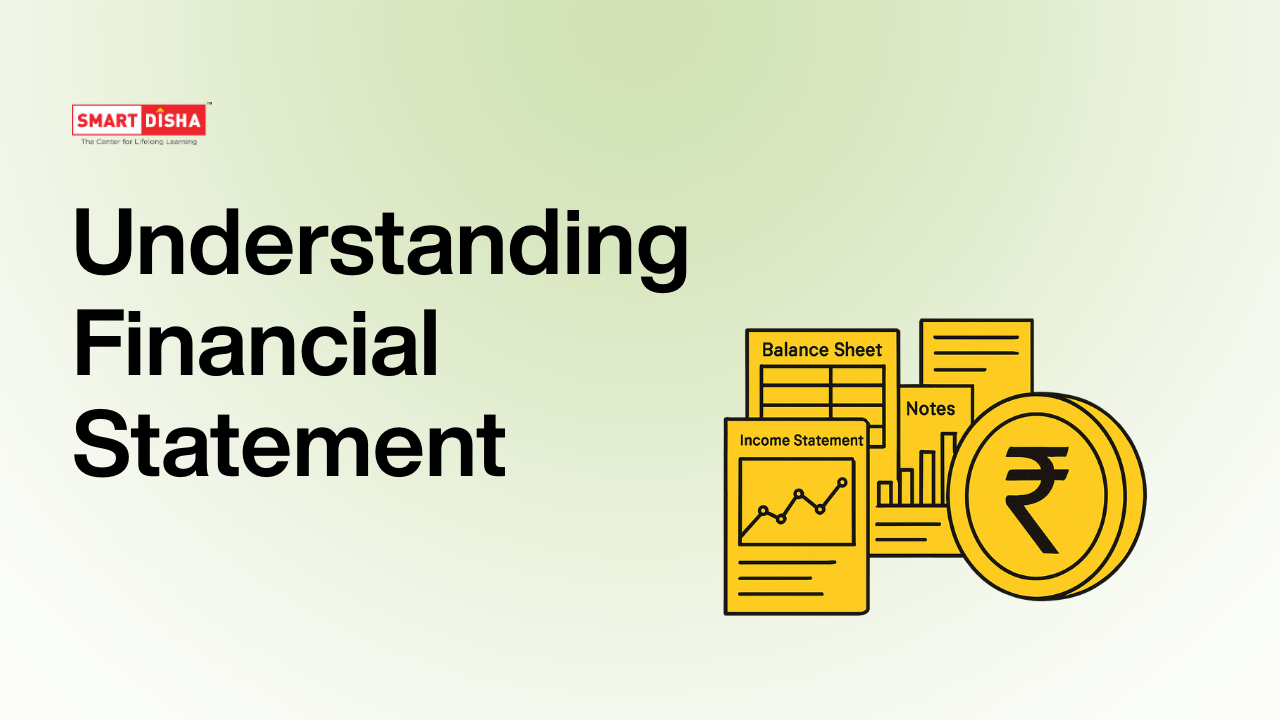If you’re new to the stock market, you’ve probably heard terms like “chart patterns” or “technical analysis” tossed around. But what exactly do they mean, and why are they important for making smart investment decisions? In this blog, we’ll break down the basics of chart patterns and show how you can use them to analyze and predict stock trends—especially for Indian stocks.
Whether you’re a beginner or an intermediate investor in India, understanding chart patterns can give you a better sense of market movements, helping you decide when to buy or sell. Let’s dive in!
What are Chart Patterns?
Chart patterns are shapes or formations created by the movement of stock prices on a chart. These patterns tell us a story about the behavior of buyers and sellers in the stock market. Investors and traders use these patterns to predict where a stock might be headed—whether it’s about to rise, fall, or remain steady.
Think of chart patterns as the “body language” of a stock. Just like how we can guess what someone is feeling based on their gestures, chart patterns help us guess what a stock is likely to do next.
Types of Chart Patterns
There are two main types of chart patterns: Reversal Patterns and Continuation Patterns. Let’s explore both with Indian stock market examples.
1. Reversal Patterns: Spotting Changes in Trends
Reversal patterns indicate that the stock’s current trend is about to change. For example, if a stock is rising and you spot a reversal pattern, it could mean that the stock will soon start falling, and vice versa.
Common Reversal Patterns:
- Head and Shoulders: This is a popular pattern that signals a trend reversal. If the stock is in an upward trend and you spot this pattern, it’s likely the stock is about to drop. Picture it like this: there’s a “head” (the highest point) with two “shoulders” on either side (lower highs). Once the “right shoulder” forms, it’s often time to sell.
- Example: Imagine spotting a Head and Shoulders pattern in a stock like Reliance Industries after it has been on a strong uptrend. This pattern could hint at an upcoming downward correction.
- Double Top and Double Bottom: These patterns appear as two peaks (Double Top) or two valleys (Double Bottom) on a stock chart. A Double Top signals a potential fall, while a Double Bottom indicates the stock might rise.
- Example: If you’re looking at a chart for HDFC Bank, and you see two peaks forming, it could be a signal to take profits before the stock dips.
2. Continuation Patterns: Ongoing Trends
Continuation patterns suggest that the stock’s current trend will keep going. If a stock is rising and you spot a continuation pattern, it’s likely to keep moving up.
Common Continuation Patterns:
- Flag and Pennant: These are short-term patterns that show a brief pause in a stock’s movement before it continues in the same direction. Flags look like a small rectangle sloping against the trend, while Pennants are small triangles.
- Example: If Infosys is on an upward trend and forms a Pennant pattern, it could indicate that the stock will continue to rise after the brief pause.
- Triangles: Triangles can signal a breakout or continuation of the current trend. A symmetrical triangle, where the stock price narrows into a tight range, usually ends with a breakout in the direction of the previous trend.
- Example: If Tata Motors is in a downward trend and forms a symmetrical triangle, it’s a signal that the downtrend might continue once the triangle pattern is broken.
How to Read Chart Patterns: A Step-by-Step Guide
If you want to start spotting chart patterns on your own, follow these steps:
- Choose a Stock: Pick a stock you want to analyze—let’s use TCS as an example.
- Open a Charting Platform: Use a platform like Sharekhan, TradingView, or Moneycontrol to view the stock’s price chart.
- Select a Time Frame: Chart patterns work on all time frames, but for beginners, it’s best to start with daily charts.
- Look for Patterns: Scan the chart to see if you can spot any of the patterns we discussed. For example, if TCS has been on a steady rise, look for a Flag or Pennant pattern that might suggest the trend will continue.
- Confirm with Volume: When analyzing chart patterns, always check the trading volume. A pattern is more reliable if volume confirms the movement (e.g., high volume on a breakout).
Best Tools for Chart Analysis in India
If you’re serious about understanding chart patterns, you’ll need reliable charting tools. Here are some popular ones used by Indian investors:
- Sharekhan: A simple and powerful platform that offers various charting tools and indicators.
- TradingView: One of the most comprehensive charting tools with social features to share your analysis.
- Investing.com: A widely-used platform for Indian stocks, offering technical analysis tools along with news and insights.
These platforms allow you to practice spotting patterns using real-time data from the NSE and BSE.
Practical Application: How Indian Investors Can Use Chart Patterns
Chart patterns are not just for fancy presentations—they can actually help you make smarter decisions in the stock market.
Let’s say you’re analyzing HDFC Bank. The stock has been rising for a while, but now you spot a Head and Shoulders pattern forming. This pattern suggests a reversal might be coming, and the stock could fall soon. If you were holding the stock, this might be a signal to sell and lock in profits before the stock dips.
Case Study: Reliance Industries
Here’s a real-life example of how chart patterns work. In early 2021, Reliance Industries showed a Double Top pattern after a strong rally. Many traders took this as a signal that the uptrend was weakening, and sure enough, the stock saw a dip shortly after.
This case shows how learning to read chart patterns can help you make timely decisions, avoiding losses and maximizing gains.
Conclusion:
Chart patterns are powerful tools that can help you understand stock trends and make informed decisions. Whether you’re trading TCS, Infosys, or HDFC Bank, learning how to recognize these patterns can give you a leg up in the stock market.
Ready to start spotting chart patterns? Open a free account with platforms like Sharekhan or TradingView, and start analyzing Indian stocks today!
FAQ
- What are the most common chart patterns in stock trading? Common patterns include Head and Shoulders, Double Top/Bottom, Flags, and Triangles.
- How do you identify chart patterns in Indian stocks? Use platforms like Sharekhan or TradingView to view stock charts and look for recurring shapes or formations like the ones mentioned.
- Which chart patterns are best for stock trend analysis? For beginners, start with simple patterns like Head and Shoulders or Double Tops/Bottoms to spot trend reversals.
By practicing these techniques, you’ll soon be able to read stock charts like a pro! Happy investing!




